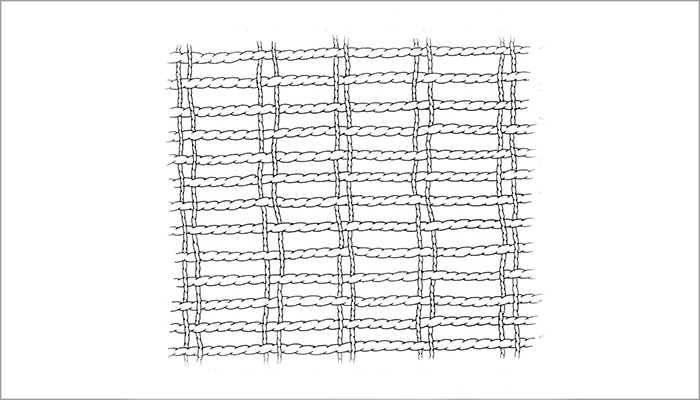Chimu, Labyrinths of a sacred costume
Chimú textiles
Chimú textiles form part of a greater coastal tradition. Nevertheless, they have their own technical and stylistic characteristics. One of these characteristics is the singular way in which they prepare the thread used for weaving on their looms. The threads of the simplest structures, plain weave, for example, are generally of fine cotton, with a single twist in the S direction, while those used in tapestry are thicker, and twisted in the Z direction. The use of double warps in most weavings is also characteristic. The slit or openwork tapestry, and the reticular and plain gauze weaves, were the most important textile structures developed by the Chimú.
Chimú weavers created a wide variety of decorative textiles. The making of ceremonial costumes, composed of several garments with a common style, was one of the highpoints of Chimú dress design. The costume that we display in this exhibition is an outstanding example of this kind of weaving. It also reflects a culminating moment in Chimú textile art. This costume is the only completely conserved one on record in its category. There are very few other examples of this style in international collections, and those are single garments or fragments of them.






































